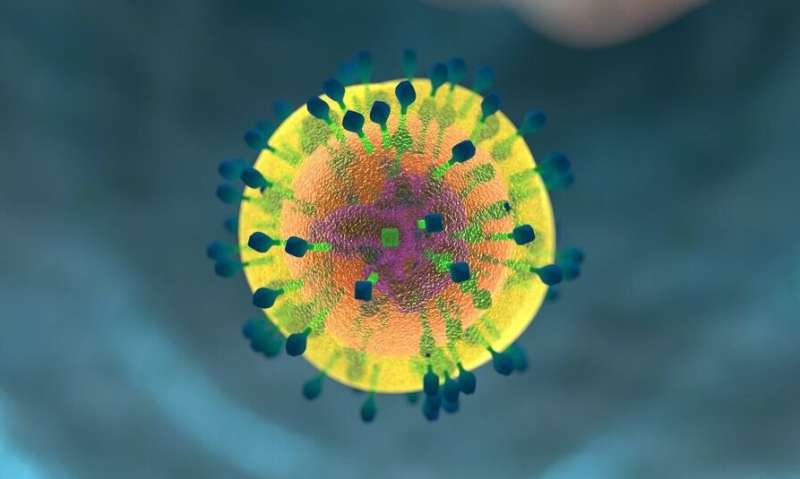This article has been reviewed according to Science X's editorial process and policies. Editors have highlighted the following attributes while ensuring the content's credibility:
fact-checked
trusted source
proofread
Nutritional acquired immunodeficiency (N-AIDS) found to be the leading driver of the TB pandemic

Tuberculosis (TB) is the leading infectious killer worldwide, with 10.6 million cases and 1.6 million deaths in 2021 alone. One in five incident TB cases were attributable to malnutrition, more than double the number attributed to HIV/AIDS. Like HIV/AIDS, malnutrition is a cause of secondary immunodeficiency, known as nutritionally acquired immunodeficiency syndrome (N-AIDS). However, N-AIDS remains the neglected cousin of HIV/AIDS in global TB elimination efforts.
In a review paper led by Madolyn Dauphinais, MPH, researchers at Boston University Chobanian & Avedisian School of Medicine along with collaborators from Cornell University, University of Virginia, and the International Union Against Tuberculosis & Lung Disease, and Jawaharlal Institute of Postgraduate Medical Education and Research, reviewed decades of data and made the case that N-AIDS, just like HIV/AIDS, also deserves special consideration in the effort to eliminate TB.
"While there have been important technological advancements to detect and treat TB, our interpretation of the existing literature is that we won't be able to make substantive changes in TB incidence and mortality rates without action on malnutrition," explains corresponding author Pranay Sinha, MD, assistant professor of medicine at the school.
After reading more than 75 papers on nutrition and TB, the researchers briefly recount the impact that actions on HIV had on the global TB pandemic. They point out that malnutrition is the leading cause of immunodeficiency worldwide.
"People with severe malnutrition, like people with HIV, are at increased risk of TB. We can leverage what we already know about malnutrition to aid us in detecting, treating, and preventing TB," says Sinha, who also is an infectious disease physician at Boston Medical Center.
While the researchers believe it is urgent to continue to develop newer tools, approaches should not be limited to the biomedical realm. For example, a study included in their review found that TB incidence among household contacts of persons with tuberculosis was reduced by 40% by providing them with an inexpensive food basket.
"It is important for the lay audience to understand that TB is not simply a medical disease; it's a social one, and our elimination efforts must recognize that," he adds.
According to the researchers, action on malnutrition will have several benefits beyond TB as well. Throughout their paper, they explore the idea of leveraging nutritional interventions to detect, prevent, and treat TB more effectively. They believe this paper will help advocates, clinicians, policymakers and voters think differently about the management of persons with TB as well as the needed global health investments to eradicate it.
This paper appears online in BMC Global & Public Health.
More information: Madolyn R. Dauphinais et al, Nutritionally acquired immunodeficiency must be addressed with the same urgency as HIV to end tuberculosis, BMC Global and Public Health (2024). DOI: 10.1186/s44263-023-00035-0















